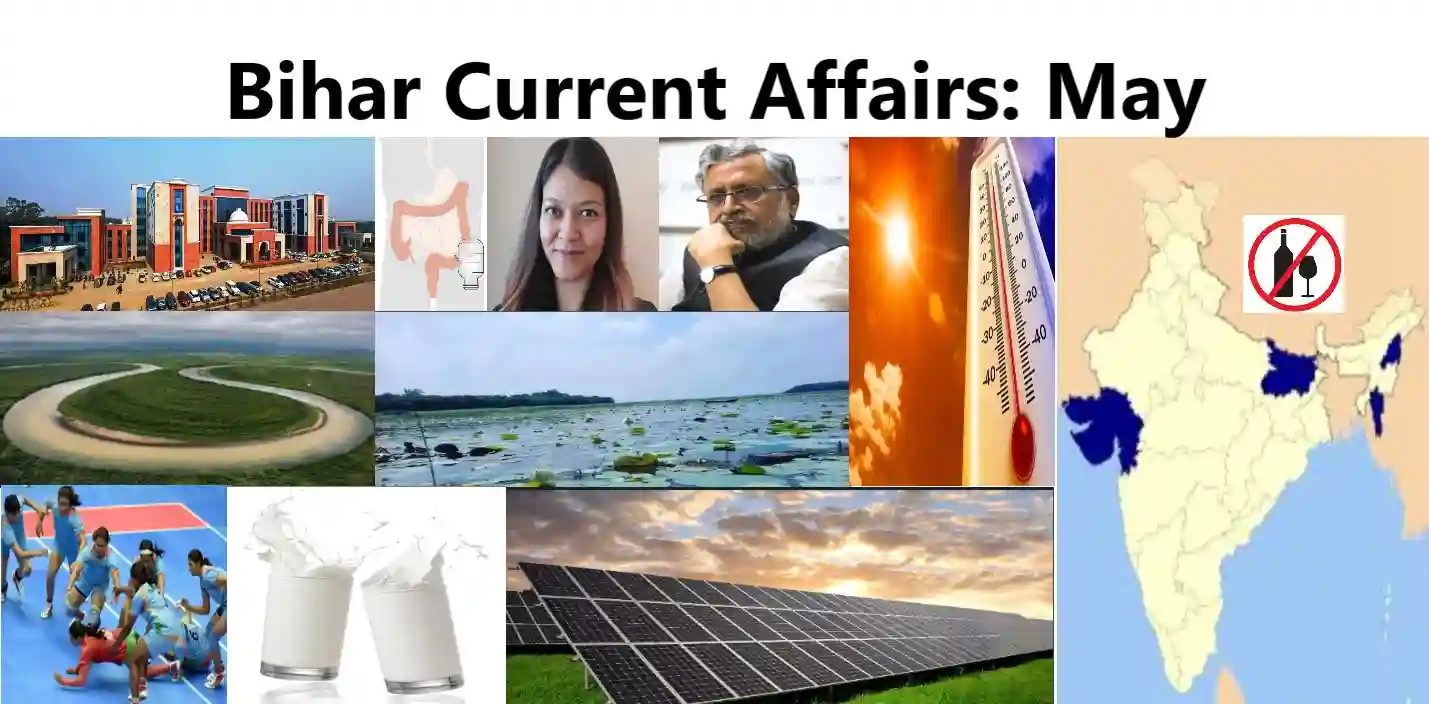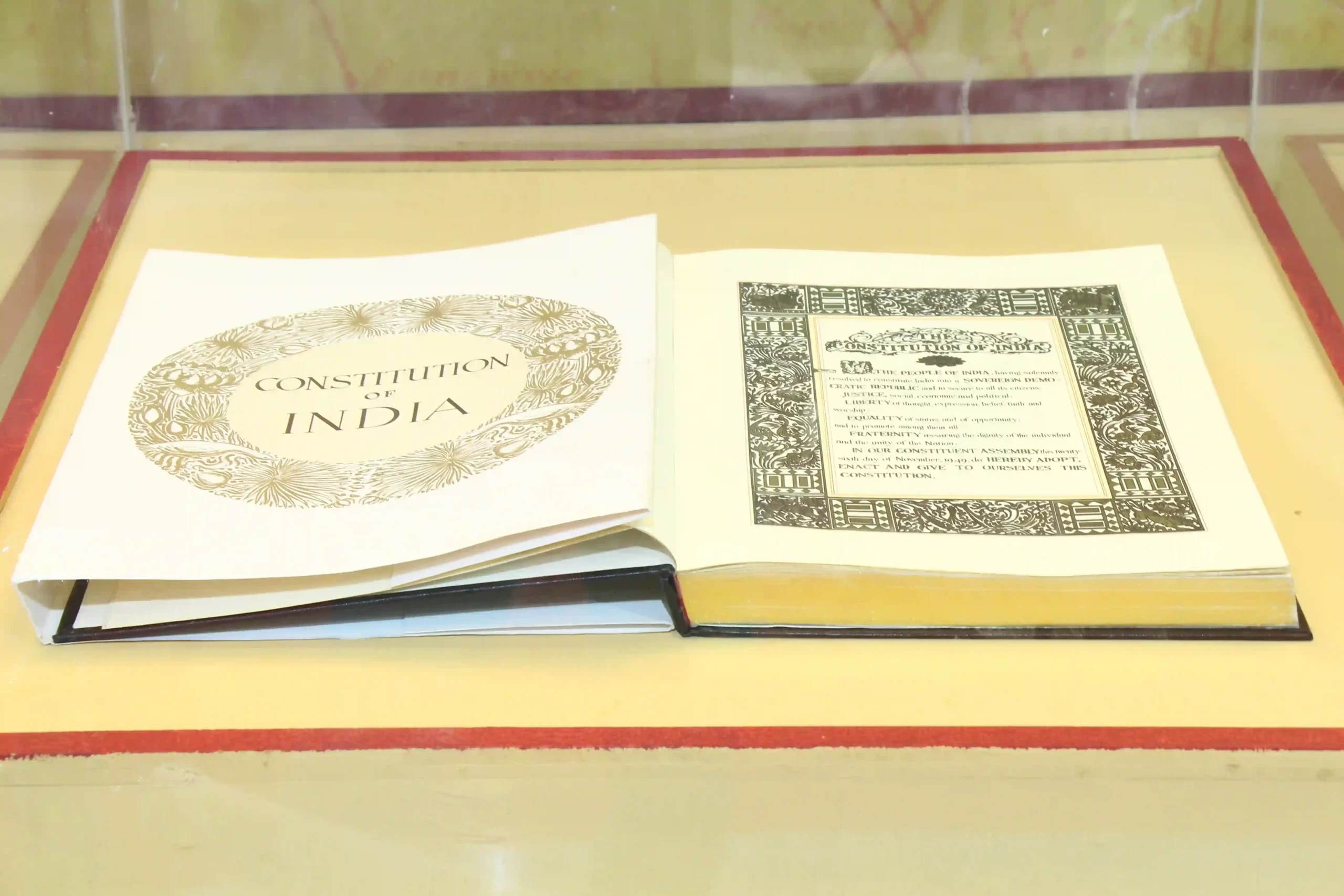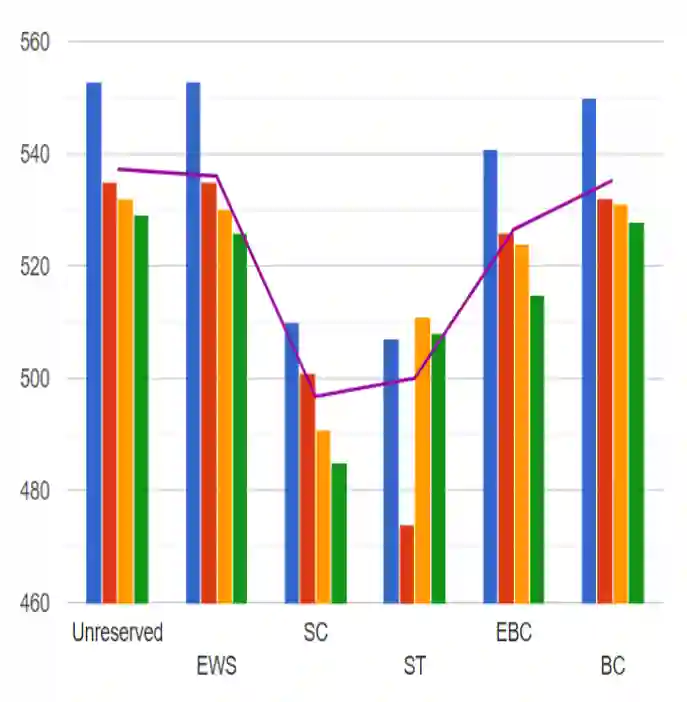- British Colonial Rule: The British colonial rule in India served as a catalyst for the emergence of the national movement. The oppressive policies were designed to benefit its own interests at the expense of the Indian people, and this led to widespread poverty and exploitation. Moreover, the economic exploitation, and cultural marginalization implemented by the British Raj fuelled discontent among Indians.
- Socioeconomic Changes: The late 19th century witnessed profound socioeconomic changes in India. The introduction of western education, railroads and with the rise of Indian press coupled with the growth of a burgeoning middle class, created an intellectual awakening. The exposure to Western political ideas, combined with the resentment over discriminatory British policies, laid the foundation for nationalist sentiments to take root.
- Cultural and Religious Awakening: The Indian National Movement was also fuelled by a cultural and religious awakening. The rediscovery of India’s ancient past, as well as the promotion of indigenous culture and traditions, instilled a sense of pride and identity among Indians. Figures like Swami Vivekananda, Bankim Chandra Chatterjee, and Rabindranath Tagore emphasized the richness of Indian civilization, fostering a collective consciousness that further bolstered the movement.
- Influence of Western Ideas: The emergence of the Indian National Movement was also influenced by ideas and ideologies emanating from the West. The concepts of liberty and equality, propagated during the Enlightenment-era resonated with Indian intellectuals and served as an ideological framework for their anti-colonial aspirations. The ideas of liberalism, nationalism, and socialism, along with the works of thinkers such as John Locke, Karl Marx, and Thomas Paine, provided intellectual ammunition to the movement.
- Rise of Middle-Class Intelligentsia: The rise of an educated middle class played a pivotal role in the Indian National Movement. Educated professionals, including lawyers, teachers, journalists, and bureaucrats, became the vanguards of the movement. This led to the formation of organizations, such as the Indian National Congress (1885), which became a platform for articulating nationalist demands and mobilizing public opinion. The middle class acted as a bridge between the elite and the masses, facilitating the dissemination of nationalist ideas throughout Indian society.
The direction of the freedom struggle was influenced by the Indian National Movement through the following means:
- Mass Mobilization: The Indian National Movement successfully mobilized the masses through a range of impactful actions, serving to raise awareness and foster unity across diverse segments of Indian society. These include movements like Swadeshi movement, which called for the boycott of British goods and the promotion of indigenous products, galvanized a broad spectrum of Indian society. The non-cooperation movement, which witnessed massive popular participation, showcasing the strength of a united Indian population. The Salt march led by Mahatma Gandhi in 1930, that led a mass mobilization event when thousands of Indians from all walks of life to join the movement for independence.
- Formation of Political Parties: The emergence of political parties, particularly the Indian National Congress (INC), played a pivotal role in consolidating nationalist forces and providing a platform for the expression of Indian aspirations. The INC, founded in 1885, became a prominent voice for Indian interests, demanding political reforms, constitutional safeguards, and eventually complete independence.
- Evolution of Strategies and Tactics: The Indian National Movement showcased adaptability in its strategies and tactics over time. The early phase of the movement primarily focused on constitutional means, with demands for greater representation and legislative reforms. However, disillusionment with British policies and the failure to deliver on promises led to the adoption of more assertive approaches. These include the Civil Disobedience Movement of 1930-1934, where mass protests, boycotts, and acts of civil disobedience were employed to challenge British authority and highlight the resolve of Indian freedom fighters.
- International Support and Solidarity: The Indian National Movement actively sought international support and forged alliances with other anti-colonial movements around the world. Indian leaders such as Jawaharlal Nehru and Subhas Chandra Bose represented India on global platforms, garnering sympathy and solidarity for the Indian cause. Moreover, organizations such as East India Association in London and the Indian Home Rule Society, further amplified the movement’s reach and impact.
- Awakening of Mass Consciousness: One of the most profound contributions of the Indian National Movement was its ability to awaken mass consciousness and instil political awareness among the Indian population. Through mass mobilization, grassroots campaigns, and the dissemination of nationalist ideas through various mediums, the movement empowered individuals and communities, instilling a sense of unity, dignity, self-respect, and self-confidence. Women’s participation in the movement, such as in the Quit India Movement of 1942, was a significant stride towards gender equality and inclusion in the freedom struggle.
©https://bpscexamprepcom
The emergence of the Indian National Movement was driven by a complex interplay of socioeconomic, intellectual, and political factors. It provided a direction to India’s freedom struggle through mass mobilization, formation of political parties, evolving strategies, fostering of unity and national identity which finally led to mass awakening. The movement’s impact extended beyond India, garnering international support and raising awareness about the injustices of British colonialism. The Indian National Movement, through its indomitable spirit and unwavering commitment, paved the way for India’s eventual independence in 1947, becoming a powerful symbol of anti-colonial resistance worldwide.
***






